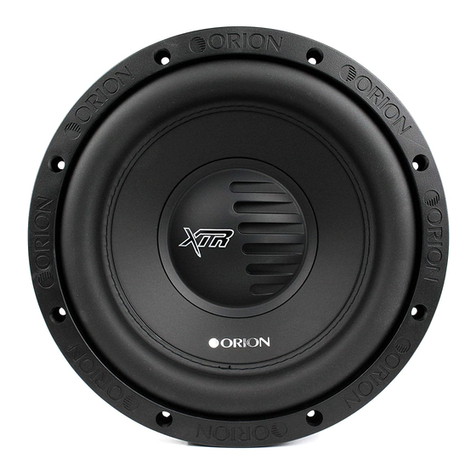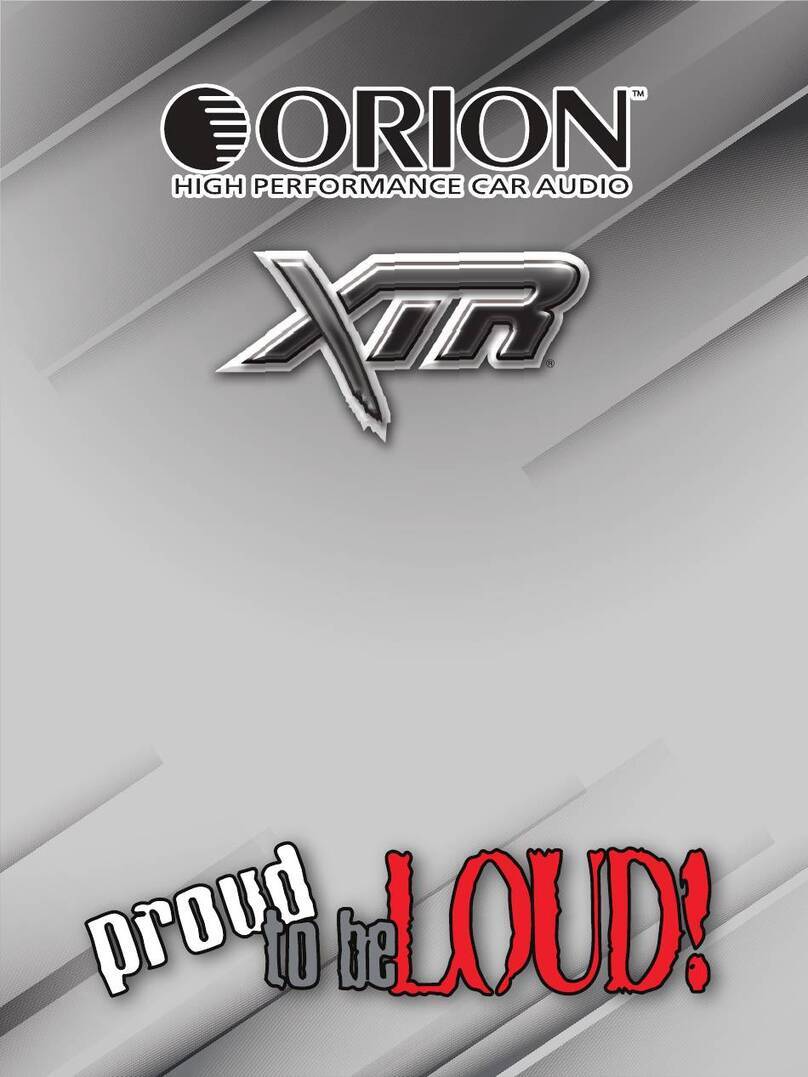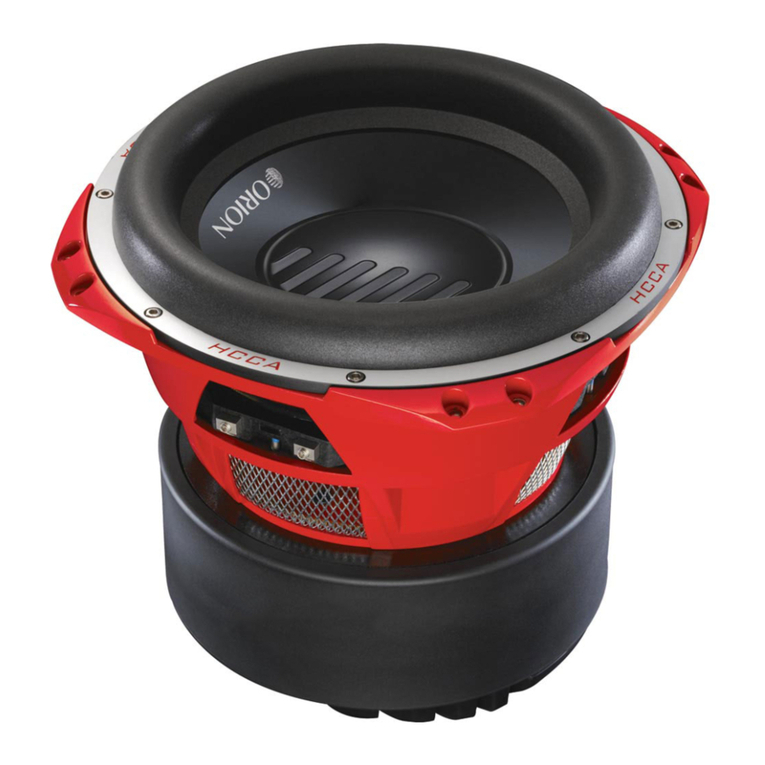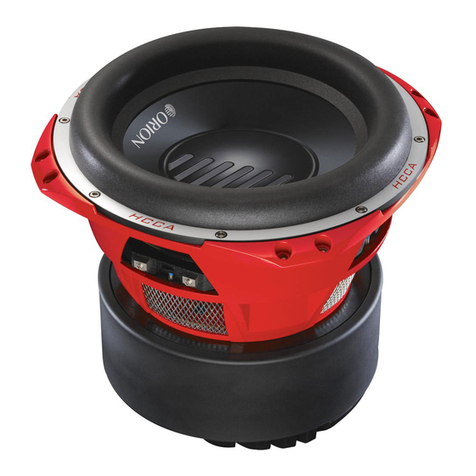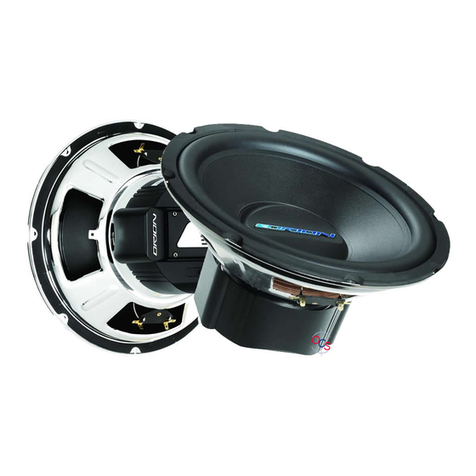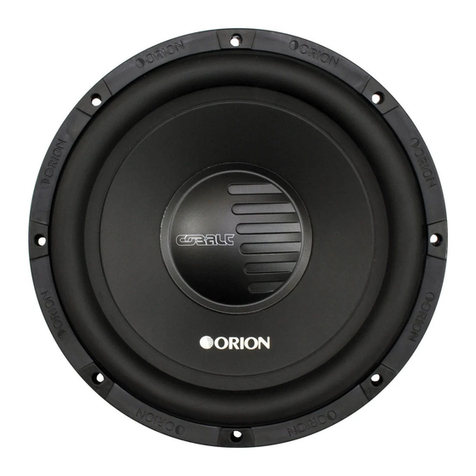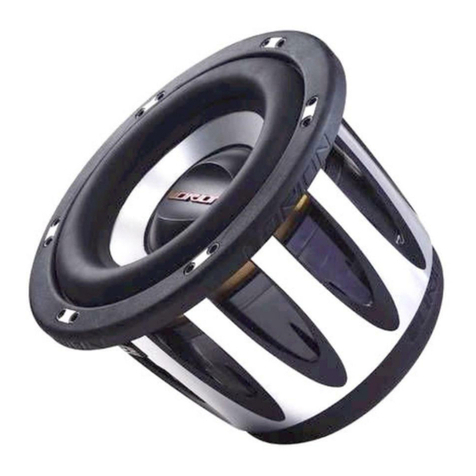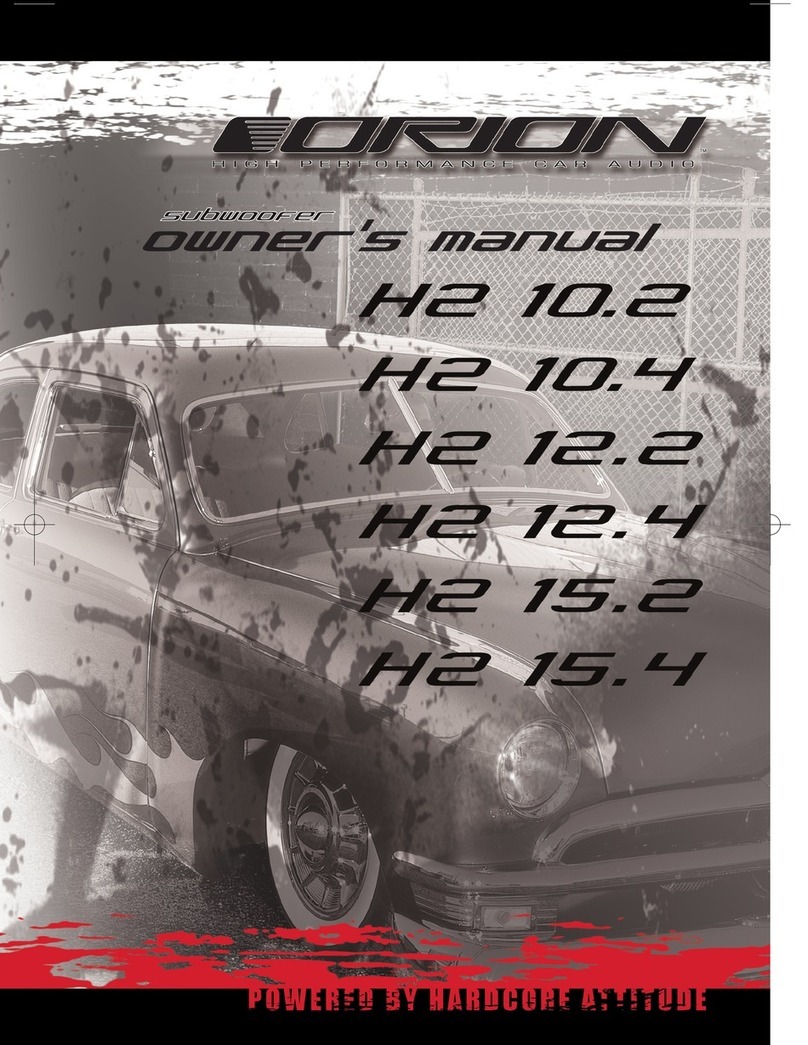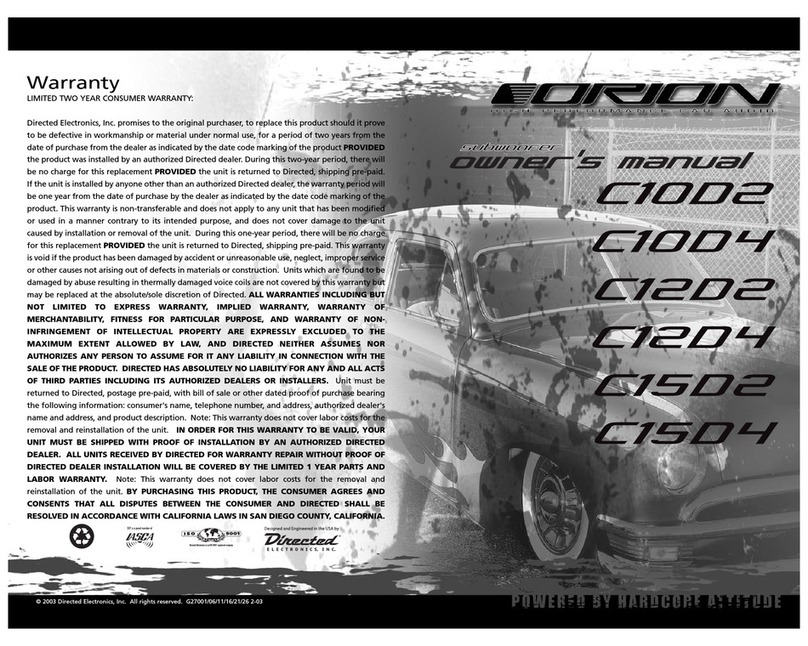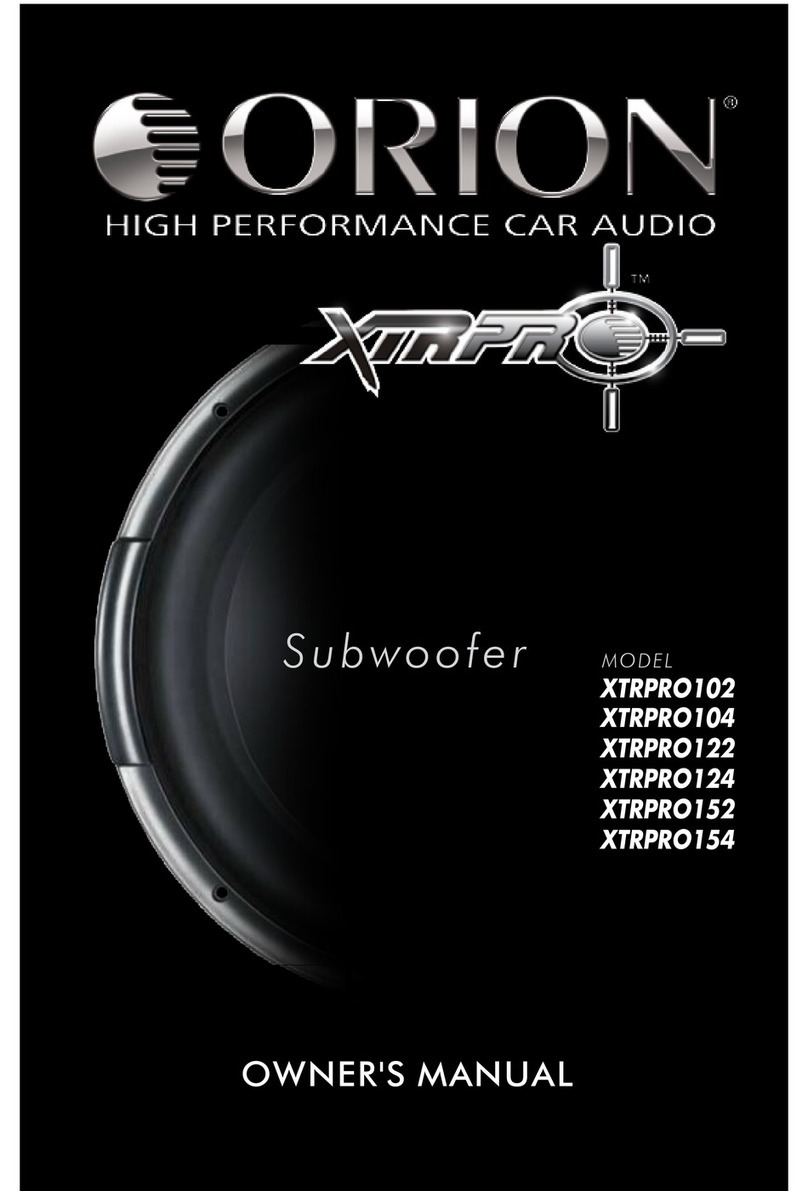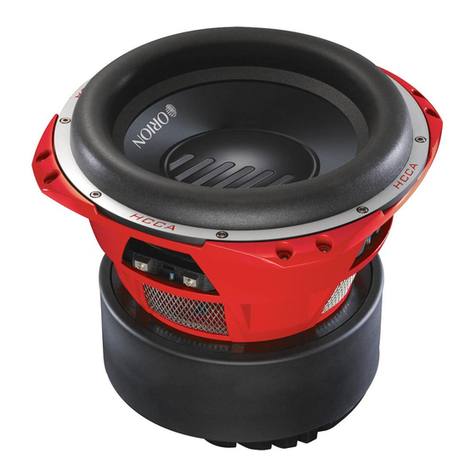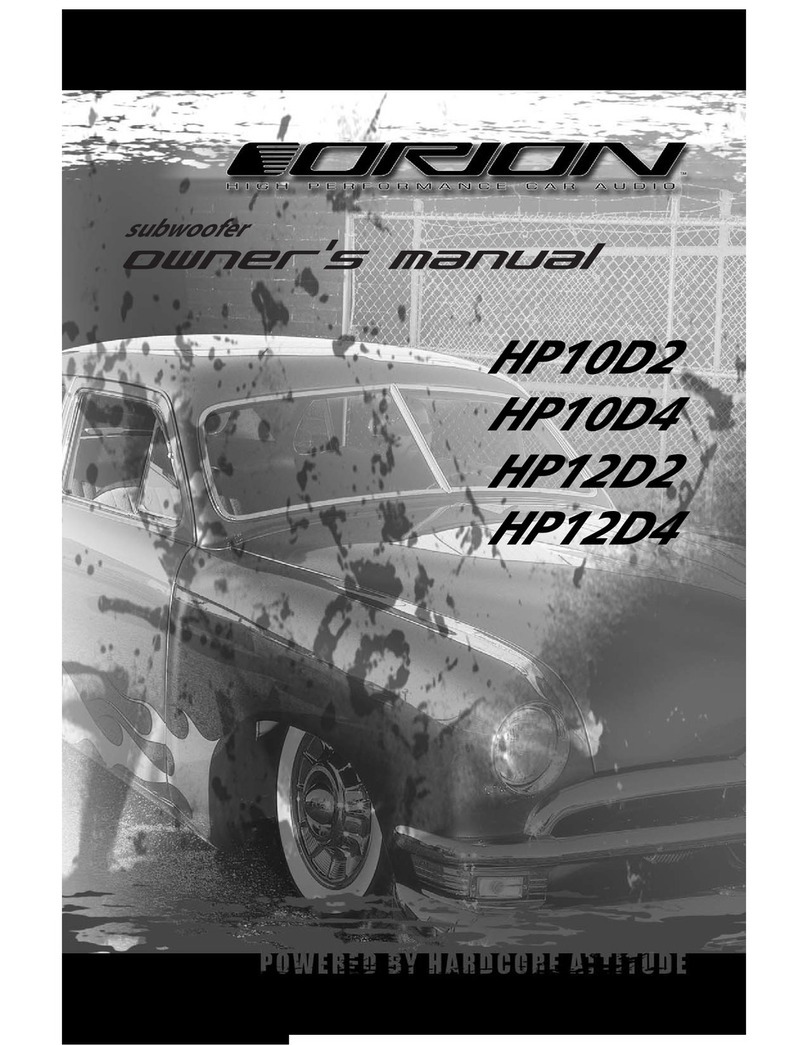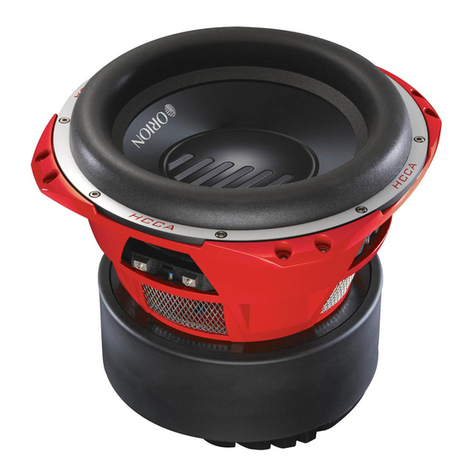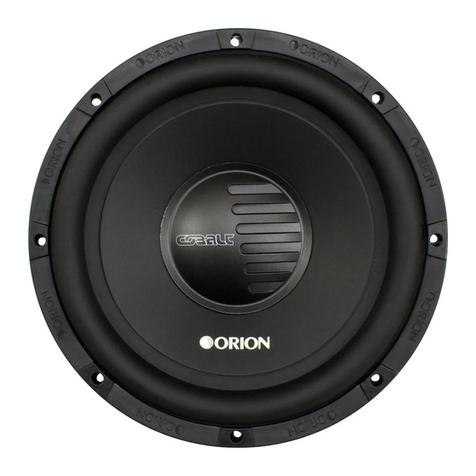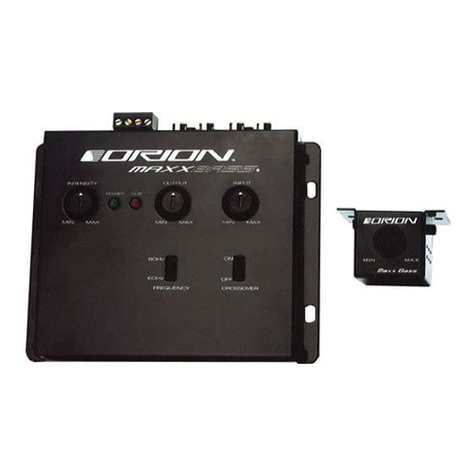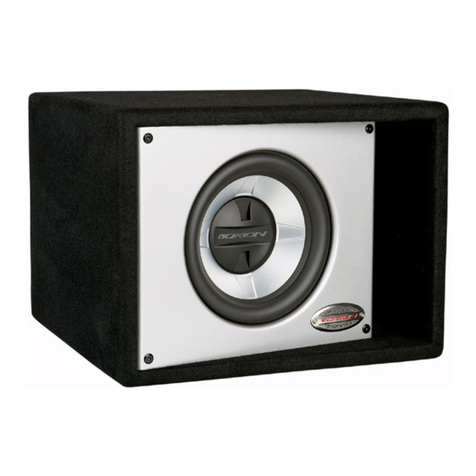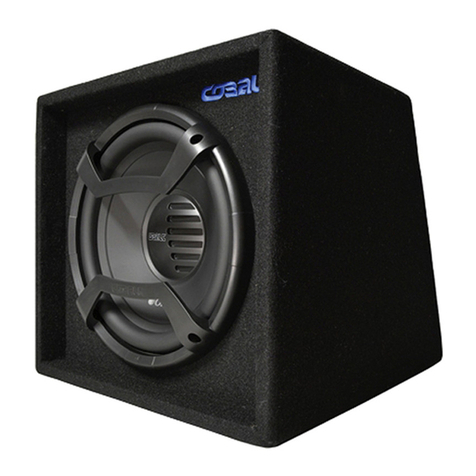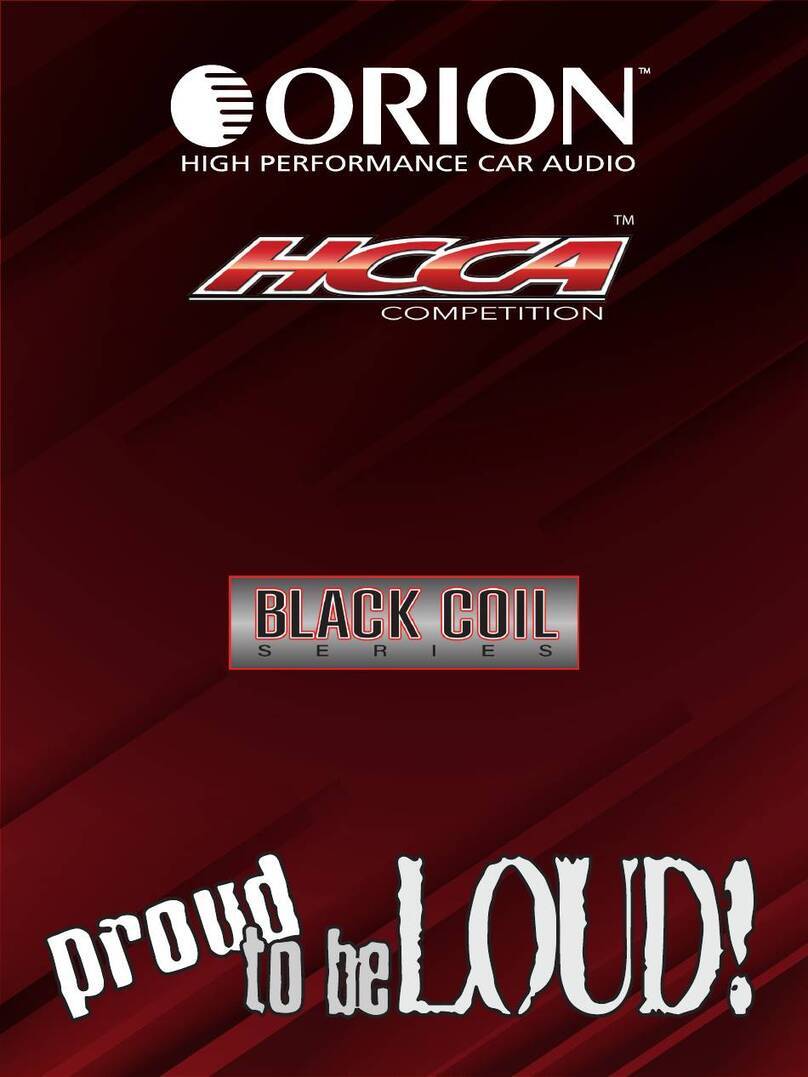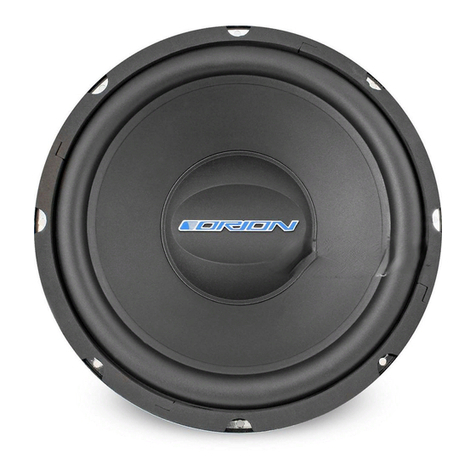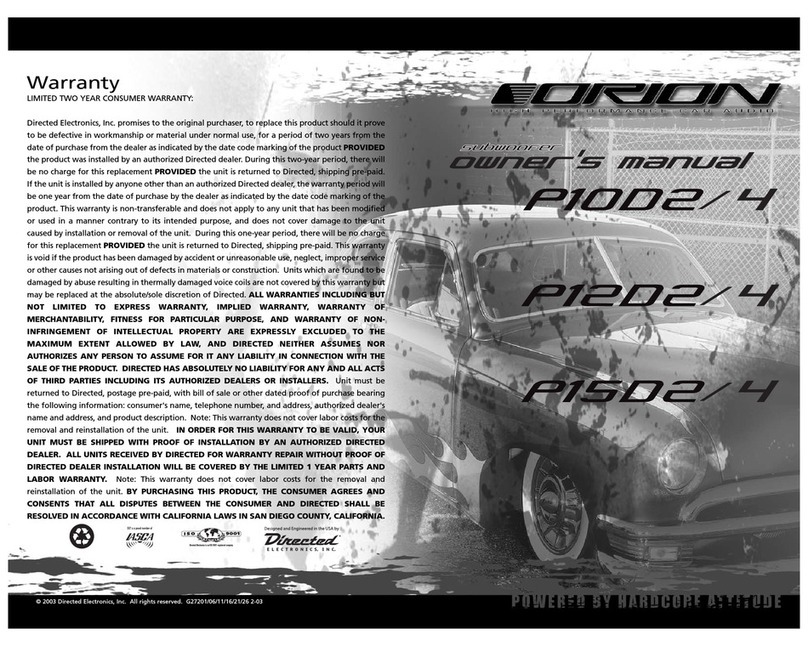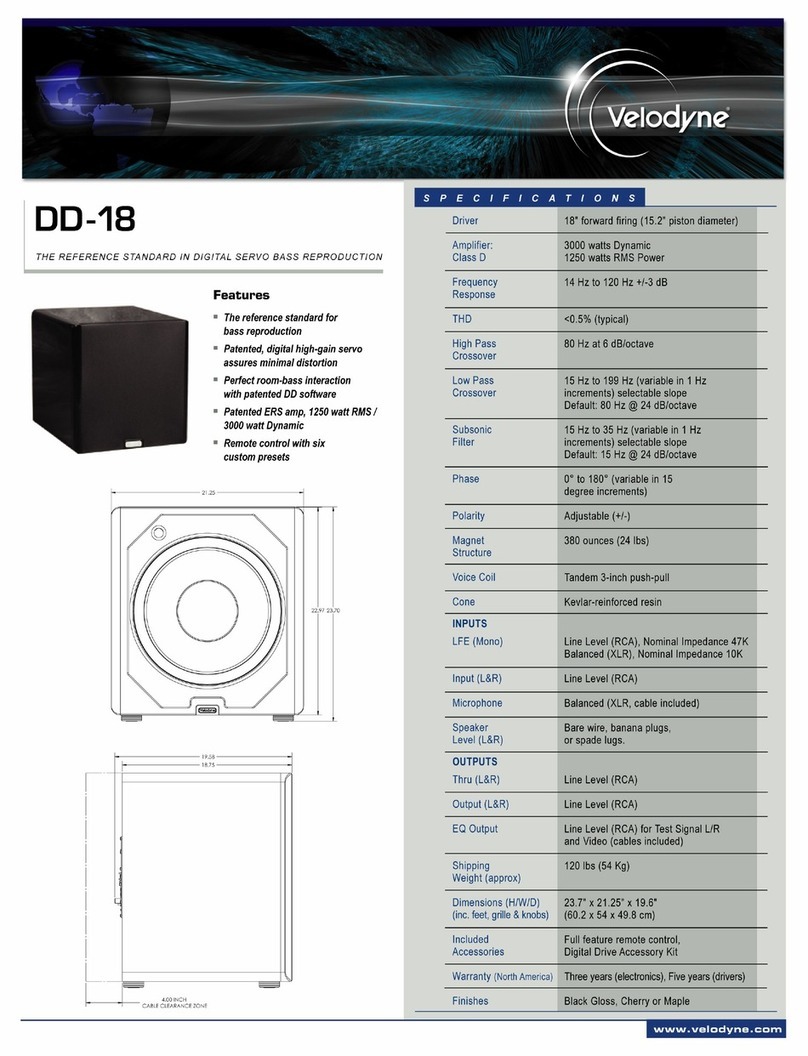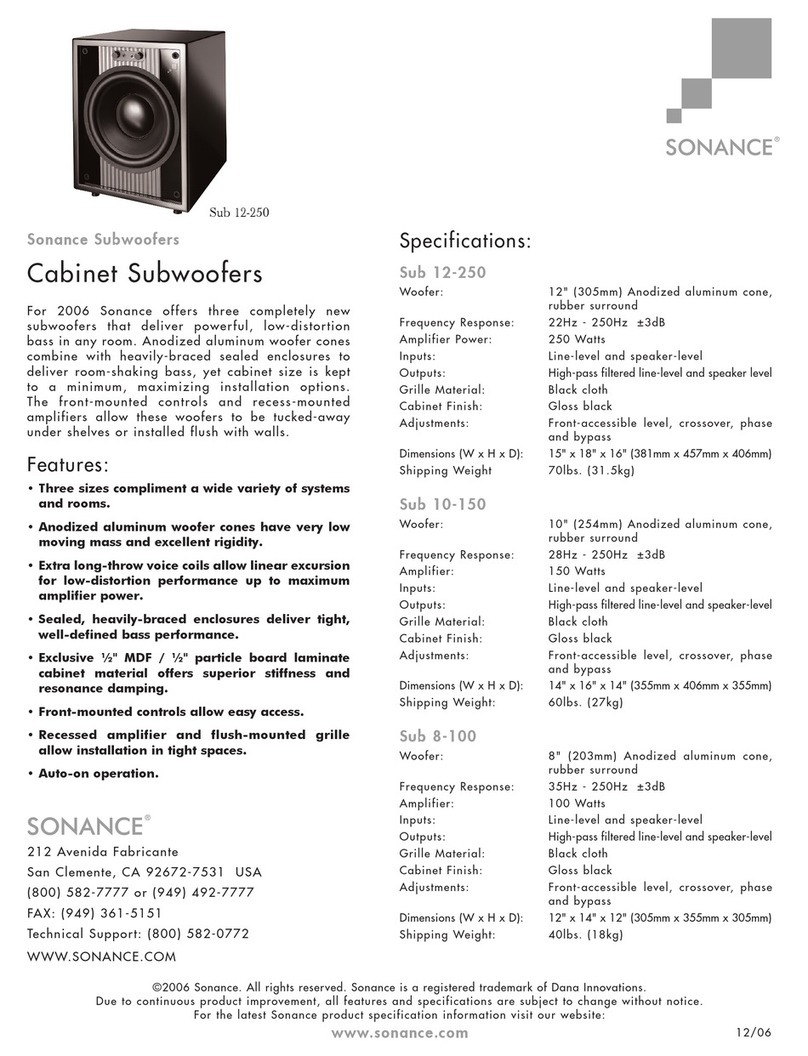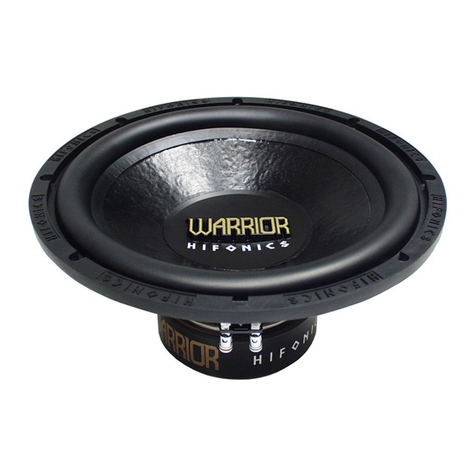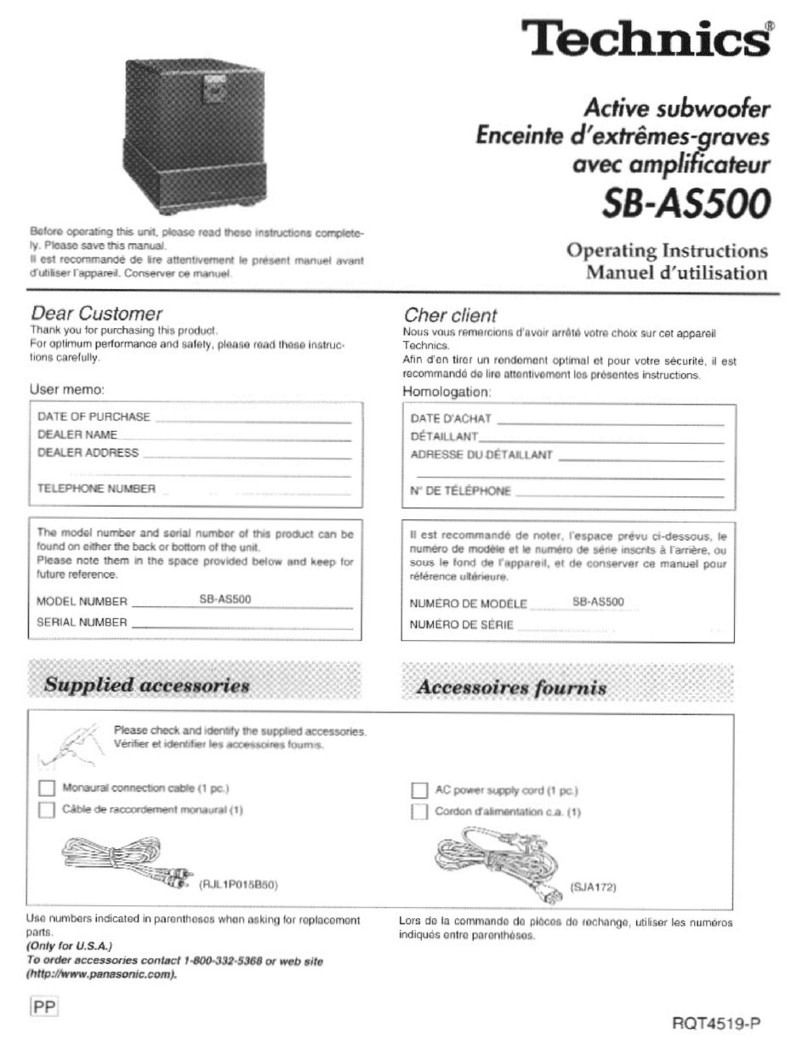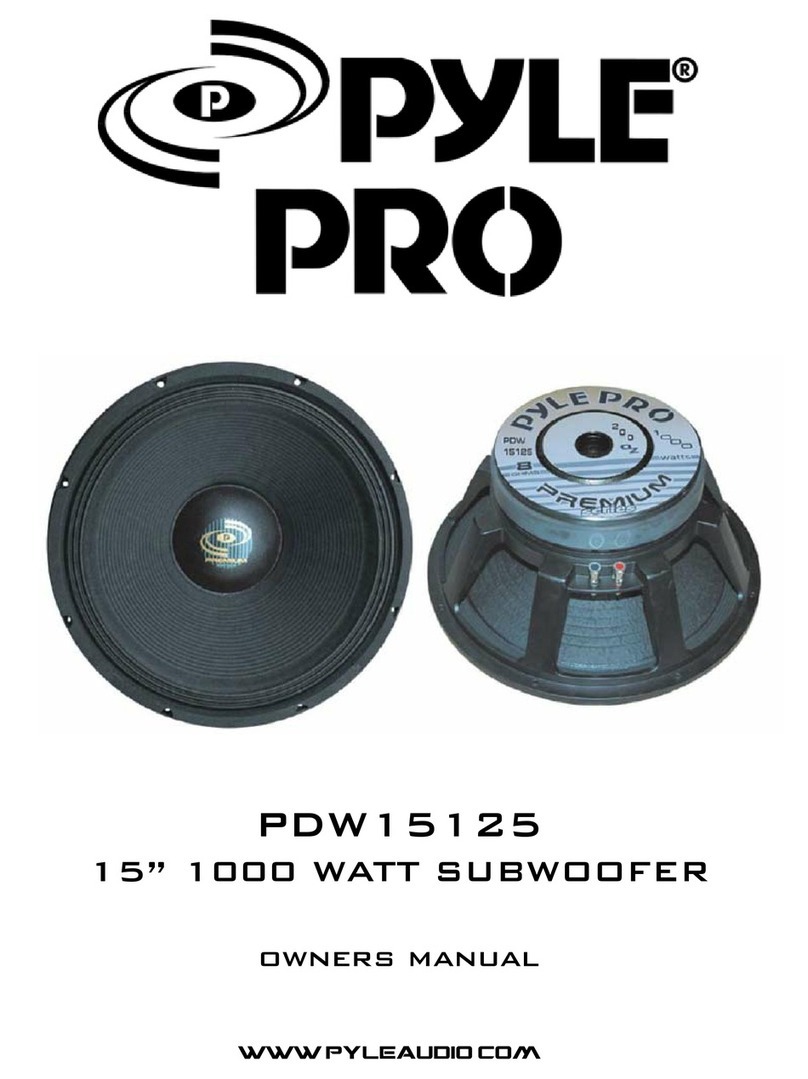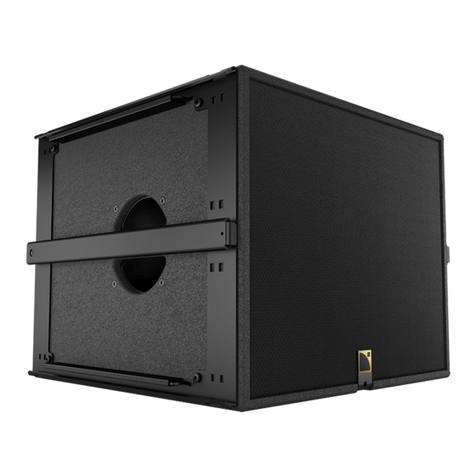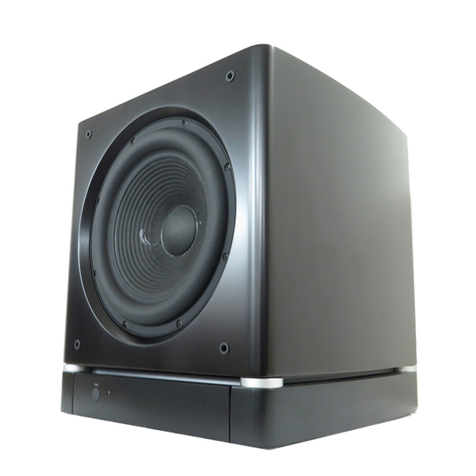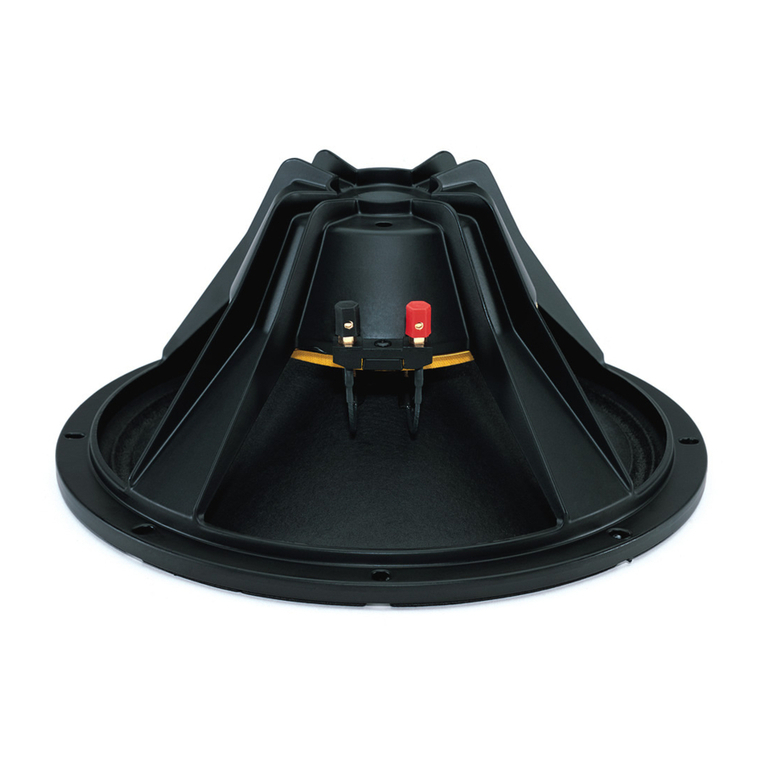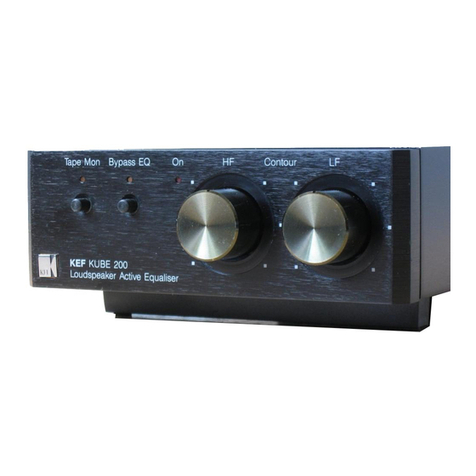
CONTENTS
English .......................................................................1
Français ..............................................................33
Español ..............................................................45
Deutsch ..............................................................57
Italiano ..............................................................69
Português ............................................................81
INTRODUCTION ................................................................2
PRACTICE SAFE SOUND™........................................................2
TOOLS OF THE TRADE...........................................................2
INSTALLATION.................................................................3
FINDING SPEAKER MOUNTING LOCATIONS .........................................3
FEATURES.....................................................................3
RE-CONE KIT ..................................................................5
WIRING CONFIGURATIONS.......................................................5
Series—One Speaker (dual 2 ohm voice coils) ....................................6
Parallel—One Speaker (dual 2 ohm voice coils)...................................7
Parallel—One Speaker (dual 4 ohm voice coils)...................................8
Parallel—Two Speakers (dual 4 ohm voice coils) ..................................9
Series-Parallel—Two Speakers (dual 2 ohm voice coils)............................10
Series-Parallel—Three Speakers (dual 4 ohm voice coils) ..........................11
Series-Parallel—Four Speakers (dual 4 ohm voice coils) ...........................12
Series-Parallel—Four Speakers (dual 2 ohm voice coils) ...........................13
2 Amplifiers—One Speaker (dual 2 ohm voice coils)..............................14
2 Amplifiers—One Speaker (dual 4 ohm voice coils)..............................15
SPECIFICATIONS...............................................................16
SPECIFICATIONS...............................................................17
ENCLOSURE DETAILS .......................................................18
ENCLOSURE DESIGN ...........................................................18
EXPLANATION OF ENCLOSURE SPECIFICATIONS ....................................19
HCCA102 & 104 Sealed Enclosure ............................................20
HCCA102 & 104 Vented 800 to 1500 Watts Input . . . . . . . . . . . . . . . . . . . . . . . . . . . . . . . . 21
HCCA102 & 104 Vented 1500+ Watts Input .....................................22
HCCA102 & 104 Vented SPL Enclosure Only. ....................................23
HCCA122 & 124 Sealed Enclosures. ............................................24
HCCA122 & 124 Vented 1200 to 2000 Watts Input . . . . . . . . . . . . . . . . . . . . . . . . . . . . . . . 25
HCCA122 & 124 Vented 2000+ Watts Input .....................................26
HCCA122 & 124 Vented SPL Enclosure Only. ....................................27
HCCA152 & 154 Sealed Enclosures. ............................................28
HCCA152 & 154 Vented 1200 to 2000 Watts Input . . . . . . . . . . . . . . . . . . . . . . . . . . . . . . . 29
HCCA152 & 154 Vented 2000+ Watts Input .....................................30
HCCA152 & 154 Vented SPL Enclosure Only. ....................................31
WARRANTY ...........................................................Back cover
